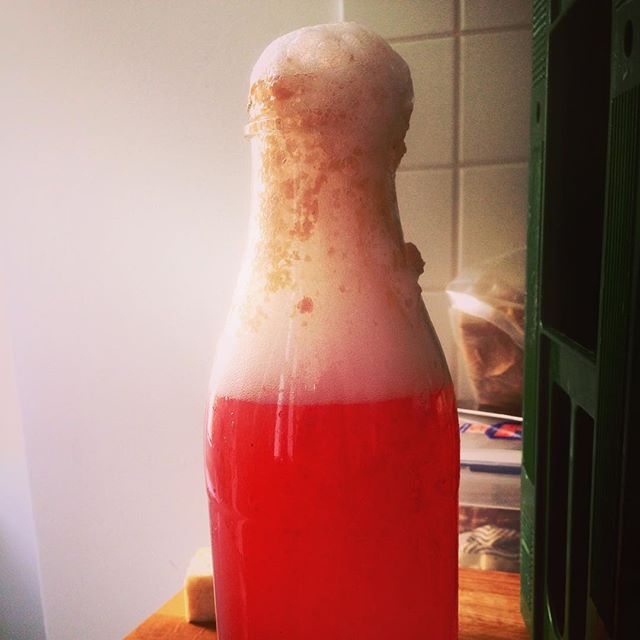
Bubbles.
It’s all about the bubbles. Adding carbonation to flavoured liquids can transform a drinking experience. Fizz is energizing. Effervescent drinks dance and sparkle on the tongue.
Tonic beverages are bracing, invigorating and refreshing.
It’s no wonder humans crave them.
Slightly sour, slightly sweet and naturally carbonated beverages are the traditional ‘soft drinks’. Old-fashioned, lightly fizzy drinks made with fermentation are special not just for their flavour, but also because they are good for health. These drinks are hydrating, detoxifying and full of beneficial bacteria to improve digestion. They also contain wild yeasts that turn sugars into bubbles.
What all of these beverages have in common is sugar, water and containers (a glass jar or bowl covered by a cloth for the first step and then poured into a bottle to build carbonation).
Fermented beverages require either yeast (which can be gathered from the air like a sourdough starter or introduced on berries, fruit or rhizomes like ginger) or a starter culture, an active bacteria and yeast community like a kombucha SCOBY or water kefir grains. The vigour of your starter culture will directly influence the amount of carbonation that develops. How well have you been tending to it? Is it in a warm place? Is it stirred and agitated often? If the starter culture is very active and bubbly when you add it
What is Carbonation?
Carbonation happens when yeasts are eat sugar and turn it into carbon dioxide. When the carbon dioxide is contained, like in a bottle, the carbon dioxide builds up and turns into bubbles.
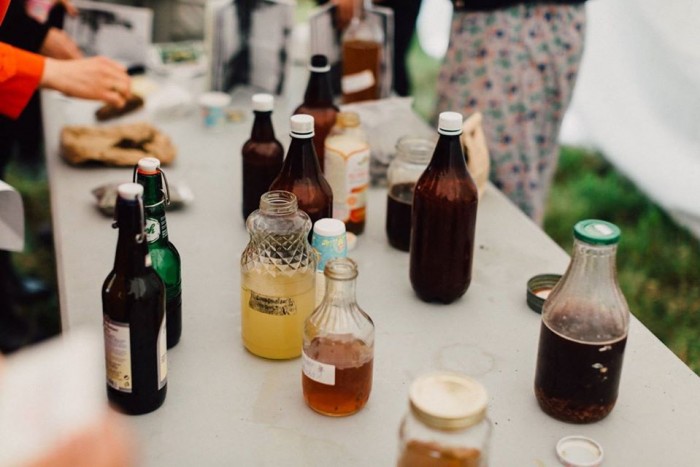
Vessels
Consider the types of bottles you see used for highly pressurized beverages on the shelves of grocery or liquor stores. Bottles containing sparkling wine or champagne are typically made of thick glass with a rounded smooth shape. Thin glass bottles with sharp corners allow pressure to gather at weak points, so they are more likely to break under pressure.
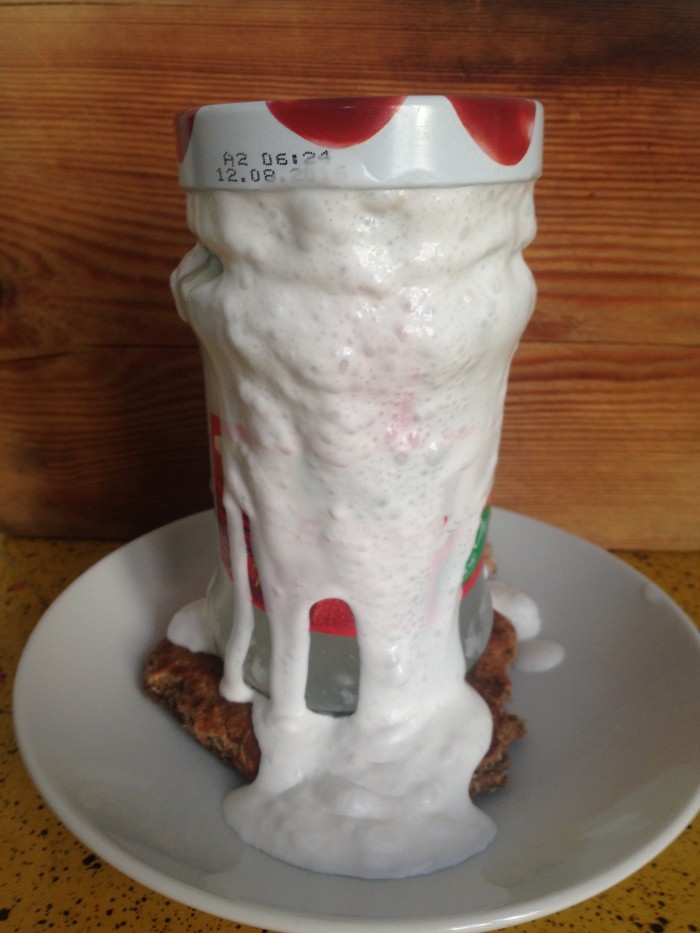
Be empowered by information!
Do not be careless about the potential dangers of carbonation; many an amateur brewmaker (of the alcoholic and non-alcoholic variety) has produced an explosion with messy and potentially injury inducing consequences.
When you are just starting to play with different recipes/cultures and concoctions play it safe.
To be extra cautious we like to store our sodas at room temperature inside a pottery crock or cupboard or box and/or wrap the bottles with a cloth and secure with elastic bands. If you did forget to move your drinks to the fridge or they became highly carbonated, protective measures like these reduce your risk of injury. Which is always a good thing, right? If a bottle were to explode it would just be a small mess to clean up and not a potential injury.
Check your bottles frequently. To do this, open the lid to release pressure that is building up. Once they are fizzy, store them in the fridge.

What do I put my drinks in?
Plastic bottles work very well to gauge carbonation. If the bottle feels hard then it is highly carbonated. Any old pop bottle would work. We buy them new at a beer brewing store.
Some different types of vessels we use….
- Bailtop bottles
- Glass bottles with snuggly fitting corks

- Glass jars with lids

- Pottery

- air locks
And there are so many more possibilities……
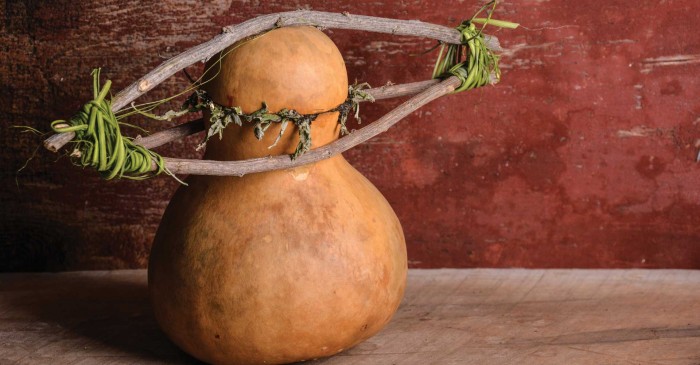
http://www.urbanoutdoorskills.com/
We love this design from Pascal Baudar
NATALIE’S RECIPE FOR RASPBERRY VANILLA CREAM SODA
…..which can be adapted for any fruit…..
- 1 cup raspberries (fresh or frozen)
- 1 litre of de-chlorinated water
- 1 Tbsp vanilla extract or a pinch of finely chopped vanilla bean
- ¼ cup whey
- ¼-½ cup honey
- 1 pinch salt (optional)
- Mix ingredients together in a jar or bottle with a tight fitting lid.
- Don’t fill the bottle all the way to the top. Leave a couple inches of headspace.
- Place in a warm place for 2-4 days, checking regularly (I like to gently mix mine when I check on it).
- When it is fizzy, move it to the fridge (this will help reduce fizz if it is too fizzy).
- Strain and serve.
*Be careful opening up the bottle! It is best to do this over the sink or a bowl in case it overflows. *
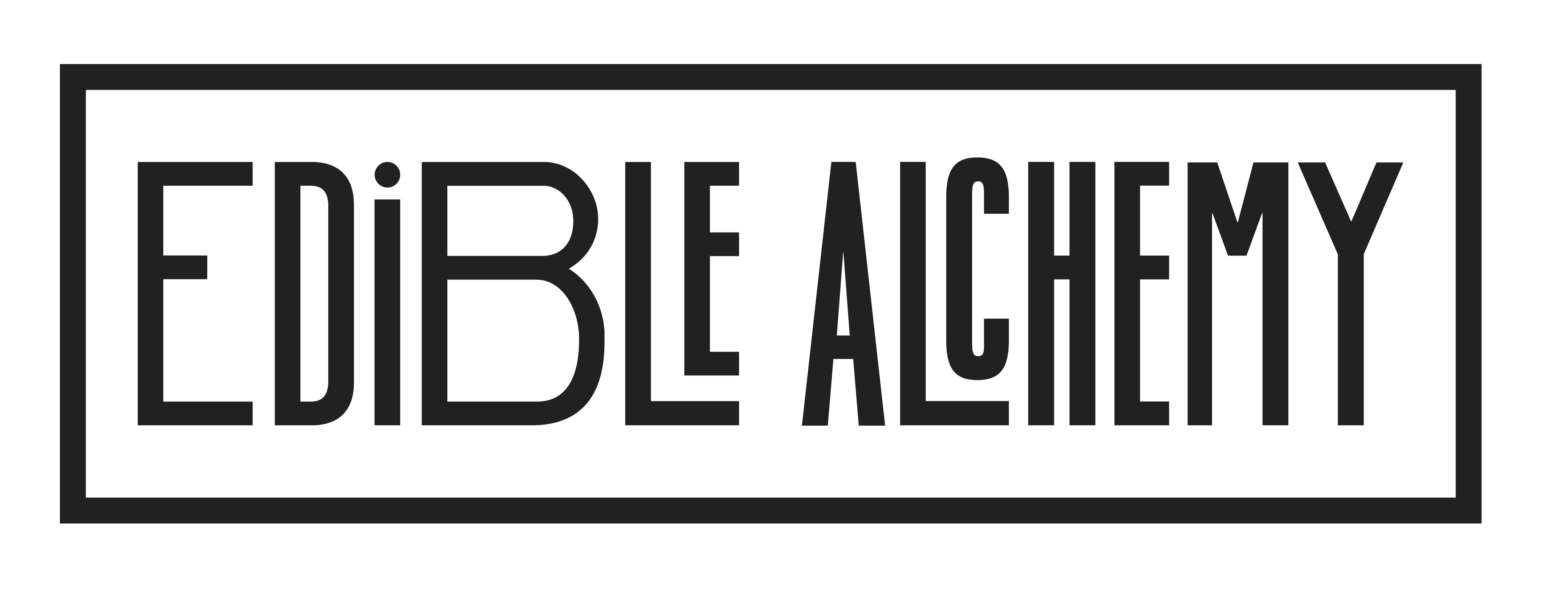
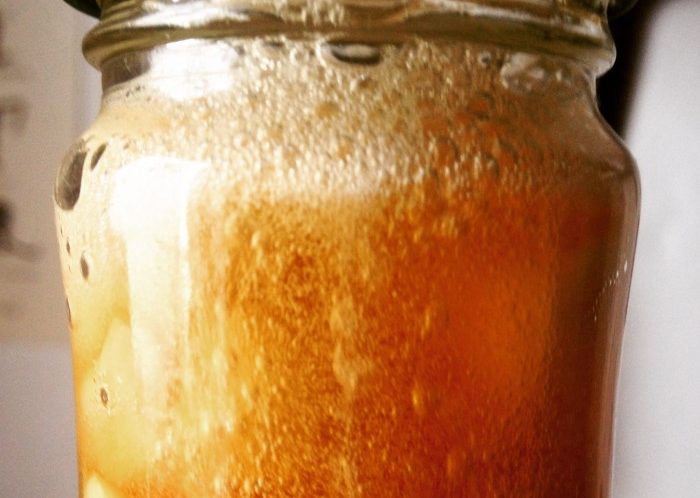
I made ginger beer in plastic bottles – and one evening heard loud bumping in my room, like someone stomping. I turned on the light and saw 7 bottles rolling all over the ground. i expected to find someone who was messing around with my things, but instead saw that the yeasts inside the bottles were reacting on their own! The force of carbonation buildup was so strong that the bottoms of the bottles popped out and could no longer stand upright. They simultaneously fell over and rolled all over making the noise – thus a bomb ready to blow! Opened them over the sink carefully and patiently 🙂